Torn between the new requirements for sustainable development and the obsession with operational performance, industrial excellence calls for redefinition. Cédric Kalifa, Country Manager at PTC, shares his vision of industrial excellence and the role played by digital technology on this definition.
There is a lot of talk of AI, the IoT and sustainability. But I think that nowadays we sometimes forget the very essence of our industry: excellence. This very French word embodies a fundamental and indeed magical concept.
But how can we define excellence?
I see it as a company’s ability to achieve optimum performance in its production and management activities. So we are not just talking about productivity and profitability, but also about the capacity to innovate, to stay agile when navigating markets, and to ensure a sustainable impact.
Today, industrial excellence can no longer be defined solely in terms of economic or even operational performance. Climate change has revolutionized the way we look at what can be termed “impact”. It is no longer just about simple costs and profits, because they now include our carbon footprint, societal impact and social consequences. This is best illustrated by the circular economy. It may be difficult to set up but, by way of a deliberate strategy and the right tools, it not only reduces the cost in raw materials, but above all ensures more responsible production.
Going all-in with digital?
AI, yes, by all means, but what if it can also enrich the concept of excellence – by optimizing processes, by automating them, by improving production planning, by connecting the company in the broadest sense, by anticipating maintenance needs, etc. And it is happening now. Industry has a unique opportunity to acquire tools and equipment that will boost operational performance while reducing waste and making best use of resources.
One priority is coming to grips with our carbon footprint and energy consumption. But there is also the issue of waste and resource management. And here, eco-design delivers practical solutions: starting with the design of the product, it is possible to select, among a range of design options, the most environmentally friendly materials, while preparing in advance for the end-of-life of the product and the recycling of its constituents.
Some manufacturers also use modular design so as to replace or update individual components without having to replace the whole product, thus facilitating maintenance and product durability.
Lastly, digital simulation tools and analysis solutions can also be applied to assess the carbon impact of a product at each stage of its lifecycle.
Impacting the value chain
In a revised definition of excellence, the entire value chain (or production chain) would be planned so that operational performance went hand-in-hand with environmental performance. Take product eco-design to begin with. It is no longer an option not to use eco-design. When manufacturers design new appliances or items, they know that their decisions (from the selection of materials to the manufacturing process) will have a carbon impact. Taking into account the entire lifecycle of a product implies extending its lifespan by ensuring its sustainability.
Digital continuity is also a factor in the product lifecycle. By linking up all the processes, manufacturers can achieve full traceability of information, improve decision-making and minimize the errors associated with data silos. Fewer breakdowns in communication between teams or departments helps reduce human error and the costs of production delays, rejects and rework.
We can also look to the future. AI will certainly supercharge French industrial excellence. I am thinking in particular of learning models based on real-time data, which will enhance the lifecycle of products. AI could, for example, optimize production processes by automatically adjusting machine parameters to minimize energy consumption and reduce waste.
As regards logistics, AI can be used to optimize transport routes and reduce greenhouse gas emissions. This optimization of the value chain means improved environmental performance, while reducing operating costs.
Lastly, in order to achieve truly sustainable industrial excellence, transparency and traceability are essential. By using IoT sensors and blockchain technologies, companies can track every stage of production and transport, thereby guaranteeing compliance with ecological codes of practice.
But above all, let’s change the culture!
Reconciling the quest for economic performance with environmental performance calls for a far-reaching cultural change.
Rather than seeing sustainability as a limitation, it is time now to promote a culture of innovation in which every employee is engaged in the drive for reduced ecological footprints and societal impacts. And, at PTC, we believe that a meaningful industrial innovation requires a deep, detailed understanding of end-users’ expectations (regarding products and their impacts). We call that user-centred design. Modelling and simulation are used to test the products in virtual environments before they go to market. We are committed to ensuring that manufacturers can test before they invest.
Industry excellence now implies a holistic approach in which technology and innovation support sustainable and responsible growth. Companies that successfully strike this balance will not only gain a competitive advantage, but also will actively contribute to the ecological transition.
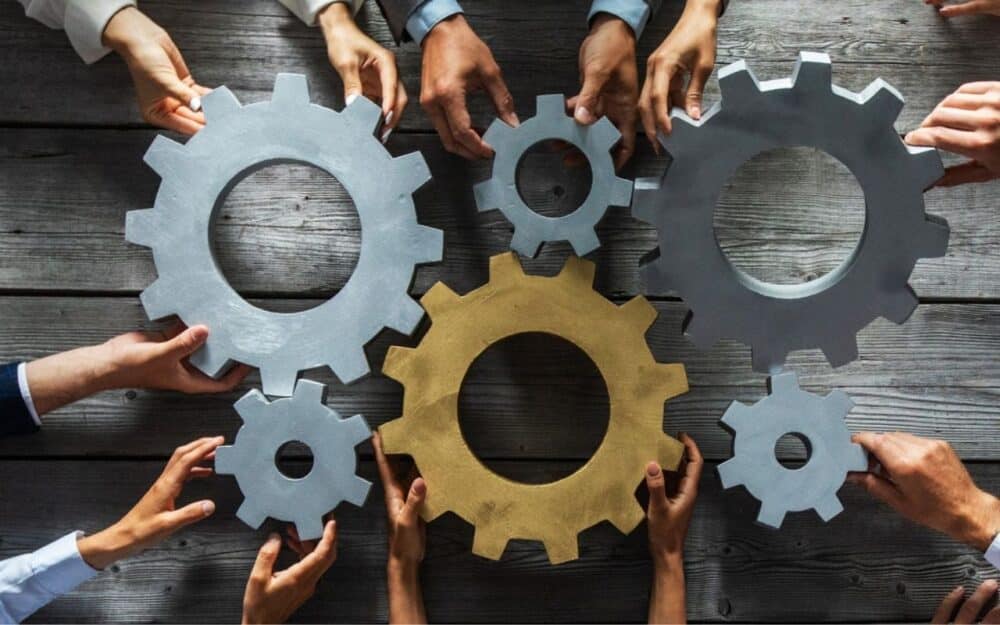


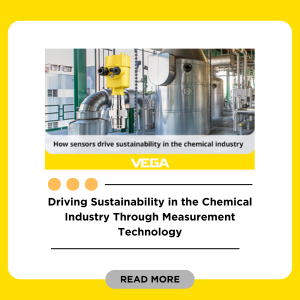

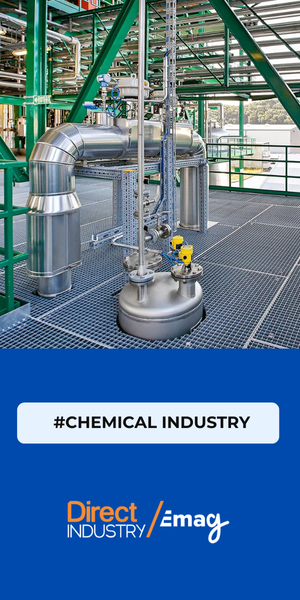
![Image [BUYING GUIDE] How to Choose the Right Industrial Robot?](/wp-content/uploads/sites/3/Industrial-Robot-320x213.jpg)
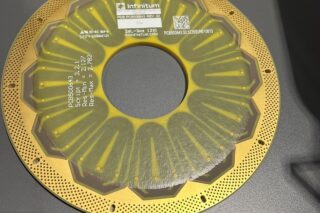
![Image [Buying Guide] How to Choose the Right Safety Shoes?](/wp-content/uploads/sites/3/Safety-Shoes-320x213.jpg)
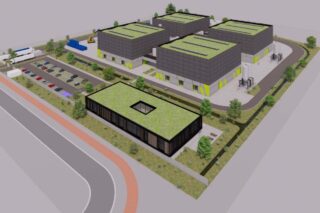
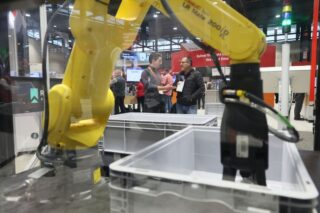
![Image [Buying Guide] How to Choose the Right AMR?](/wp-content/uploads/sites/3/AMR-320x213.jpg)